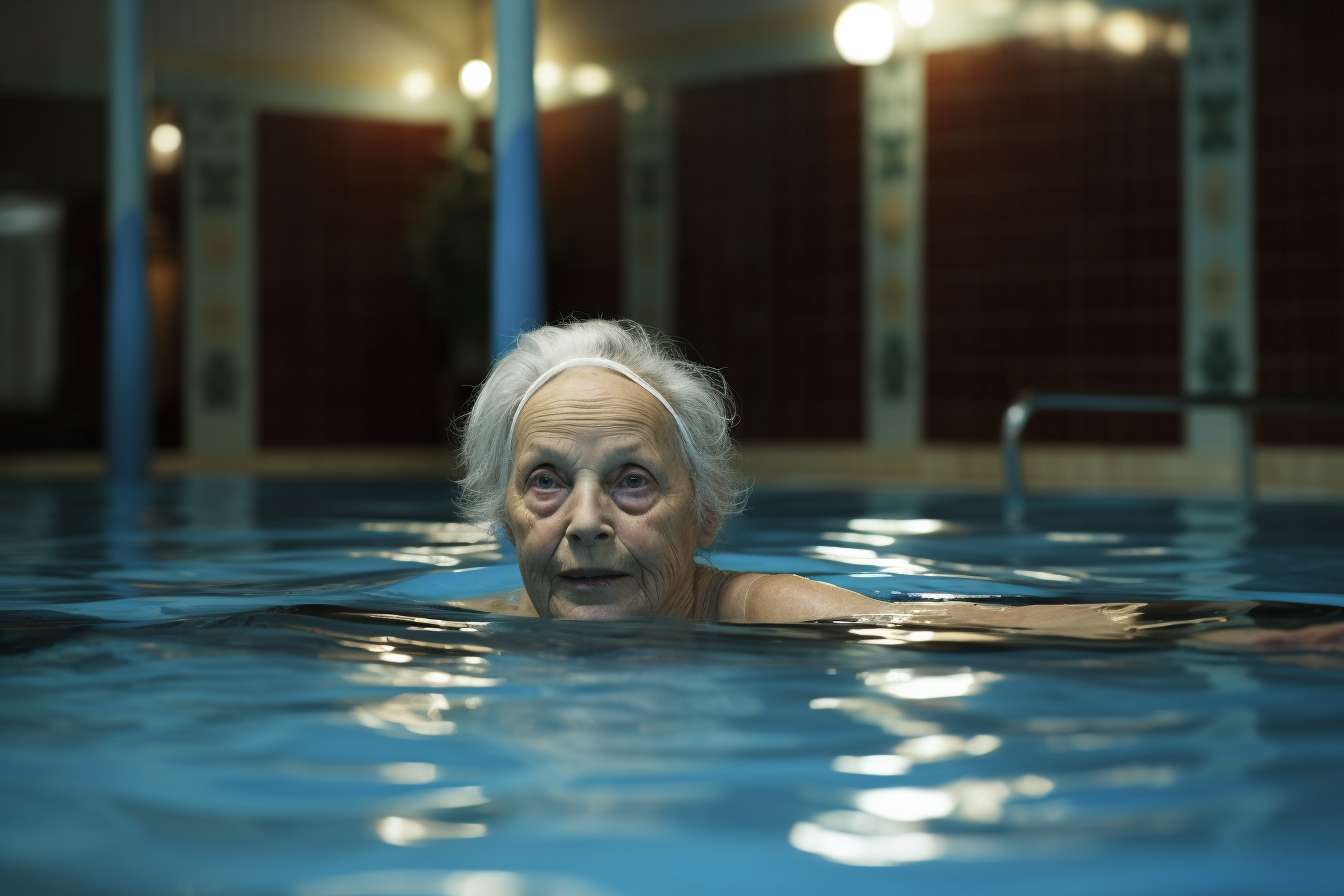Exploring Affordable Luxury: Retirement Living in United States
Experience a new era of senior living in US with the unveiling of exceptional retirement communities. These vibrant villages offer luxurious two-bedroom apartments for self-sufficient individuals, ensuring comfort and independence. Enjoy an active lifestyle with access to top-notch amenities at competitive prices, making it easier than ever to embrace a fulfilling retirement.

The concept of retirement living has transformed dramatically over the past two decades. What once consisted primarily of basic assisted living facilities has expanded into a diverse market of communities offering everything from independent living apartments to full-service care centers. Modern retirement villages cater to active seniors seeking social engagement, recreational opportunities, and peace of mind regarding future healthcare needs. These communities have redefined what it means to age gracefully while maintaining independence and enjoying a vibrant lifestyle.
Embracing the Future of Senior Living
The retirement village model represents a shift in how Americans approach their golden years. Rather than remaining in family homes that may become difficult to maintain, many seniors are choosing purpose-built communities designed with their needs in mind. These villages typically offer maintenance-free living, on-site amenities such as fitness centers and dining facilities, and organized social activities that foster connection among residents. The appeal lies not just in convenience but in the opportunity to be part of a community of peers who share similar life stages and interests. Modern retirement villages also incorporate technology and wellness programs that support healthy aging, from telehealth services to fitness classes tailored for older adults.
Choosing the Right Community
Selecting a retirement community requires careful consideration of multiple factors. Location plays a crucial role, as many seniors prefer to remain near family, familiar healthcare providers, and established social networks. The level of care offered is equally important, with some communities providing only independent living while others offer a continuum of care that includes assisted living and memory care. Prospective residents should evaluate the community’s culture and activities to ensure alignment with their lifestyle preferences. Touring multiple facilities, speaking with current residents, and reviewing contracts thoroughly are essential steps in the decision-making process. Financial transparency is critical, so understanding all fees, including entrance fees, monthly charges, and potential future care costs, helps avoid surprises down the road.
The Appeal of Active Adult Communities
Active adult communities, typically designated for residents aged 55 and older, have gained tremendous popularity across the United States. These neighborhoods emphasize independence and recreation, featuring golf courses, swimming pools, craft studios, and clubhouses designed for social gatherings. Unlike traditional retirement homes, active adult communities often consist of privately owned homes or condominiums where residents maintain significant autonomy. The age-restricted nature of these communities creates an environment focused on the interests and needs of older adults without the presence of young children. Many residents appreciate the opportunity to downsize from larger family homes while still enjoying homeownership benefits. These communities often organize trips, classes, and volunteer opportunities that keep residents engaged and connected to the broader world.
Luxury Meets Affordability
The intersection of luxury amenities and reasonable pricing has become a defining characteristic of competitive retirement villages. Many communities now offer resort-style features such as spa services, gourmet dining, concierge services, and beautifully landscaped grounds without the prohibitive costs once associated with such offerings. This balance is achieved through efficient management, economies of scale, and innovative pricing models that make upscale living accessible to a broader range of seniors. Some communities operate on a rental basis, eliminating large entrance fees, while others use refundable entrance fee structures that return a portion of the initial investment to residents or their estates. Understanding the various financial models helps seniors identify options that align with their budgets and estate planning goals.
Facts and Insights About U.S. Retirement Villages
Retirement village costs vary significantly based on location, amenities, and care levels provided. Understanding typical pricing structures helps seniors and their families budget appropriately. The following table provides a general overview of retirement living options and their associated costs across the United States:
| Community Type | Provider Examples | Monthly Cost Estimation |
|---|---|---|
| Independent Living Apartment | Brookdale Senior Living, Sunrise Senior Living | $2,000 - $4,500 |
| Active Adult Community (Owned Home) | Del Webb, Trilogy | $1,500 - $3,000 (HOA fees) |
| Assisted Living | Atria Senior Living, Belmont Village | $3,500 - $6,500 |
| Continuing Care Retirement Community | Erickson Living, Life Care Services | $3,000 - $7,000+ |
| Memory Care | Silverado, Aegis Living | $5,000 - $9,000 |
Prices, rates, or cost estimates mentioned in this article are based on the latest available information but may change over time. Independent research is advised before making financial decisions.
These figures represent national averages, with significant regional variation. Urban and coastal areas typically command higher prices, while communities in the Midwest and South often offer more affordable options. Many retirement villages also charge entrance fees ranging from $100,000 to over $1 million, depending on the community type and contract structure. Some of these fees are partially refundable, while others are non-refundable but may offer lower monthly costs.
The retirement village industry continues to innovate, introducing new models that cater to evolving senior preferences. Some communities now offer short-term trial stays, allowing prospective residents to experience daily life before committing. Others have developed intergenerational programs that bring together seniors and younger community members for mutual benefit. Environmental sustainability has also become a priority, with many new developments incorporating green building practices and energy-efficient designs. These trends reflect a broader understanding that today’s seniors are more active, health-conscious, and engaged than previous generations, requiring communities that support their dynamic lifestyles while providing security for the future. As the baby boomer generation continues to reach retirement age, the demand for diverse, high-quality retirement living options will only increase, driving further innovation in this growing sector.




